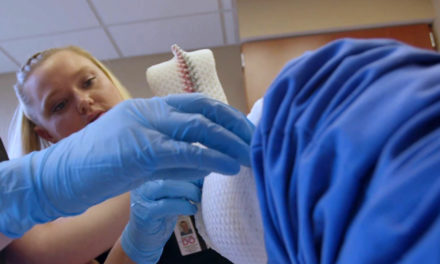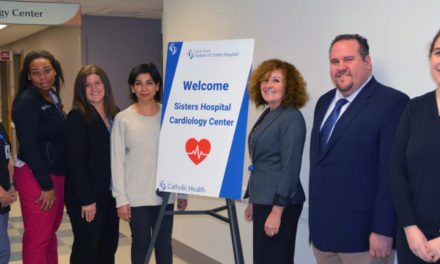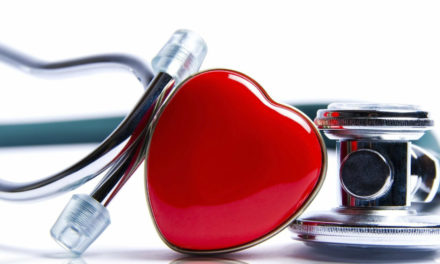May is Stroke Awareness Month! The better you arm yourself with the facts about stroke, including warning signs and preventative measures, the more prepared you will be if a stroke happens to you or a loved one. Unfortunately, it’s not an unlikely scenario – the CDC reports that someone in the United States has a stroke every 40 seconds.
Stroke awareness and education starts with understanding what a stroke is and what causes it. When a stroke occurs, it leads to brain damage due to interrupted blood flow to the brain. These interruptions can happen one of two ways: either a blood clot blocks blood flow, or a blood vessel bursts, allowing blood to leak into the surrounding brain tissue.
Brain Attack: The Underlying Cause of Stroke
The flow of oxygen-rich blood into our brains is required to support our brain cells and the surrounding tissue, both of which are responsible for our abilities to speak, move, understand, and other motion-oriented functions.
Millions of brain cells die every minute during a stroke, making every second count. If a stroke is not treated immediately, the loss of brain cells could lead to paralysis, loss of speech, loss of vision and in severe cases death.
Stroke symptoms:
- Weakness, numbness, or paralysis of the arms or legs, especially on one side of the body
- Inability to hold arm upward
- Facial droop, inability to smile
- Un-explainable worst headache of life, light is bothersome, neck stiffness
- Severe dizziness, loss of balance
- Loss of normal vision
- Confusion and problems with speech – can’t think of a word, can’t say a word
If you think you are experiencing stroke symptoms, don’t wait! Call 9-1-1 and get to the nearest emergency room immediately. Our four designated stroke centers are located throughout Western New York to get you the level of care you need as quickly as possible.
Comparison of Risk Factors
So, why do many people have the misconception that having a stroke means that something has happened to your heart? Well, it’s likely that some information was misunderstood.
Arteries carrying oxygen-rich blood away from the heart supply the rest of the body with the resources it needs to do its job. As this blood supply moves toward its destination in the brain, any disturbance to its natural flow will primarily affect brain function.
Another likely area for confusion is that some of the risk factors for stroke are the same as those commonly associated with heart disease. Factors shared between the two include high blood pressure, use of tobacco products, diabetes, and an unhealthy lifestyle that may include physical inactivity, obesity, and a diet high in saturated fat, trans fat, and cholesterol.
To link the two even further, diagnoses of arterial disease and atrial fibrillation (A-Fib) can raise an individual’s risk for stroke. If any of these conditions apply to you, having a conversation with a specialist or your primary care doctor is an important first step in creating a plan that manages your risk factors for stroke.
Find a Neurologist Near You
Call (716) 706-2112
Find a Neurologist Near You
Call (716) 706-2112





